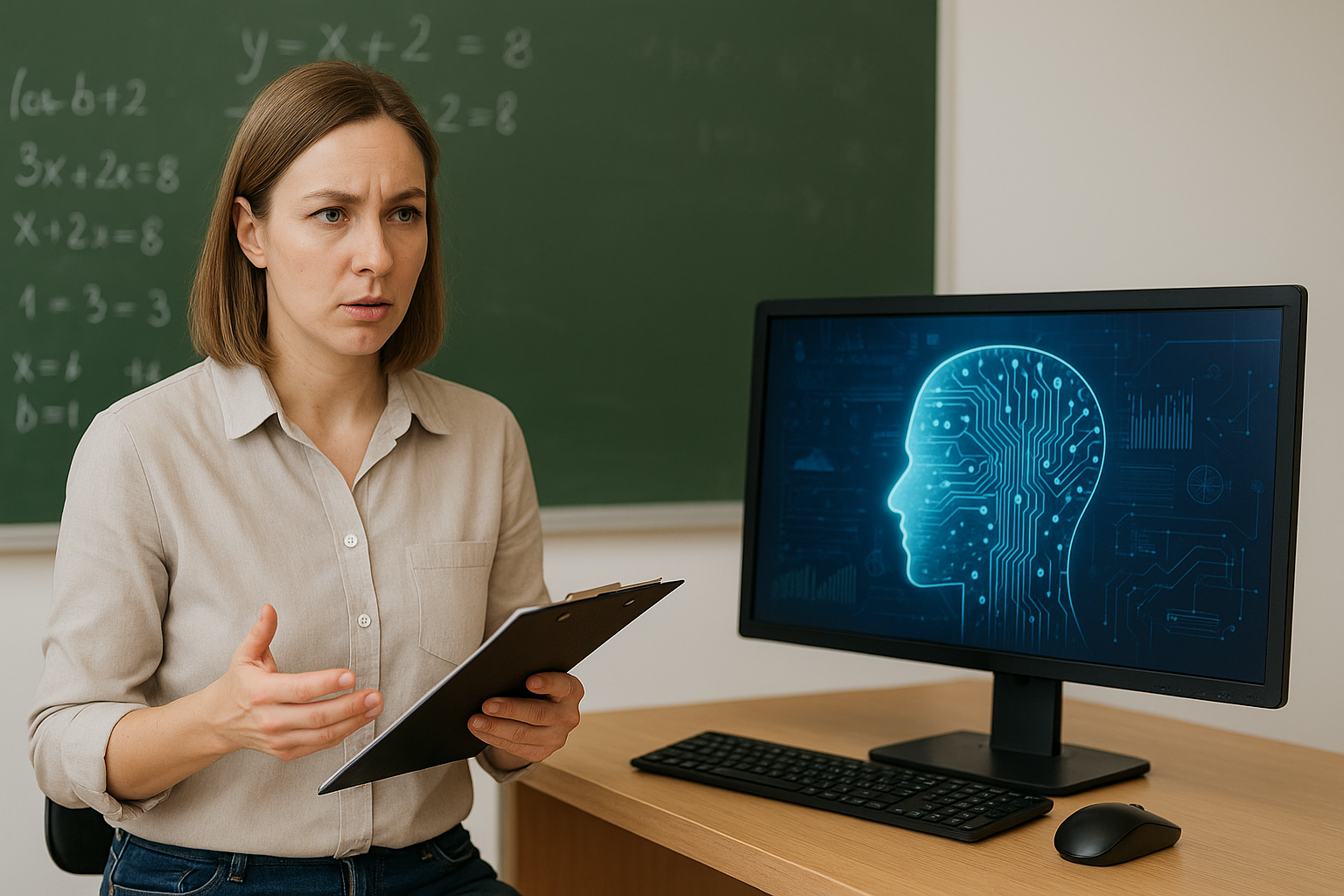STEM future at risk as schools fail to equip teachers for AI era
Teachers expressed a strong belief in the potential of AI to enhance STEM education, particularly in encouraging interdisciplinary learning and real-world problem-solving. However, without adequate skills, this potential remains untapped. The findings suggest that teachers’ current approaches to STEM are largely siloed, with mathematics and science dominating lesson plans, while technology and engineering receive minimal attention

A recent study reveals significant gaps in primary school teachers’ ability to incorporate artificial intelligence (AI) into STEM (Science, Technology, Engineering, and Mathematics) education. The findings highlight a pressing need for targeted training to prepare educators for the digital transformation of classrooms.
Published in Sustainability, the study "Primary School Teachers’ Needs for AI-Supported STEM Education", the research draws on interviews with 24 teachers in Northern Cyprus to evaluate their perceptions, experiences, and challenges in implementing AI-driven STEM practices. The study paints a detailed picture of how educators view AI as both an opportunity and a challenge in fostering future-ready learning environments.
How prepared are teachers to integrate AI in STEM lessons?
The investigation reveals that while teachers show confidence in teaching mathematics and science, they are less proficient in integrating technology, engineering, and AI practices. Most respondents admit to using AI tools solely for lesson planning rather than interactive classroom activities. This limited engagement is attributed to a lack of expertise in AI applications and concerns that overreliance on technology might inhibit students’ active learning and problem-solving abilities.
Teachers expressed a strong belief in the potential of AI to enhance STEM education, particularly in encouraging interdisciplinary learning and real-world problem-solving. However, without adequate skills, this potential remains untapped. The findings suggest that teachers’ current approaches to STEM are largely siloed, with mathematics and science dominating lesson plans, while technology and engineering receive minimal attention.
The study found that teachers with 11 to 15 years of professional experience are more likely to incorporate AI tools compared to those at the beginning of their careers. This counterintuitive trend underscores the complexity of adoption, where seasoned educators may have a better understanding of integrating new methods, while less experienced teachers may lack confidence in untested approaches.
What are the key barriers to AI-enhanced STEM education?
The study identifies multiple barriers that prevent teachers from fully embracing AI in the classroom. One of the most significant challenges is the lack of professional development opportunities focused on AI and interdisciplinary STEM education. While digital literacy is widely emphasized, teachers often lack advanced skills such as coding, data analysis, and digital content creation, all of which are crucial for leveraging AI tools effectively.
Another barrier is the scarcity of practical resources and classroom-ready AI applications. Teachers are hesitant to adopt tools that they perceive as either too complex or insufficiently aligned with their curriculum. There is also a prevalent fear that AI-driven tools might overshadow critical thinking and decision-making skills in young learners, discouraging educators from experimenting with new methods.
The research also points out that traditional teaching approaches continue to dominate classroom practices. Teachers remain more comfortable using conventional materials and direct instruction, which limits the potential for innovative STEM learning experiences. Without systemic support, including updated curricula and institutional encouragement, AI adoption in primary education risks stagnation.
What steps are needed to prepare teachers for AI-supported classrooms?
The findings strongly recommend comprehensive in-service training programs to bridge the gap between teachers’ current competencies and the demands of AI-supported STEM education. Such programs should focus on building teachers’ confidence in using AI tools, enhancing their programming and data management skills, and fostering an understanding of how AI can enrich rather than replace traditional teaching methods.
Curriculum redesign is also crucial. The study calls for educational policies that integrate technology and engineering with mathematics and science, enabling a truly interdisciplinary approach. This integration would help students develop the 21st-century skills, such as critical thinking, creativity, and problem-solving, that are essential in an AI-driven world.
Moreover, teacher education programs must evolve to include hands-on experiences with AI technologies. Encouraging collaborative learning environments, where teachers can share strategies and best practices, could accelerate the adoption of AI tools. The research also highlights the need for school leadership to support innovation by providing resources and encouraging experimentation with emerging technologies.
By addressing these gaps, education systems can ensure that teachers are not only equipped to use AI but also empowered to guide students in leveraging technology responsibly and effectively.
- FIRST PUBLISHED IN:
- Devdiscourse










